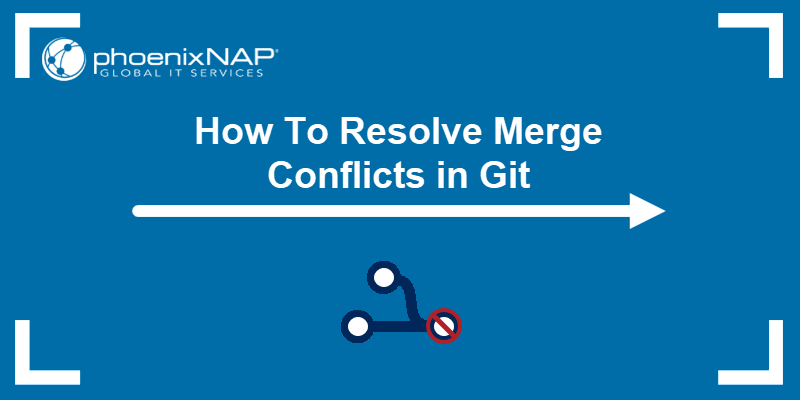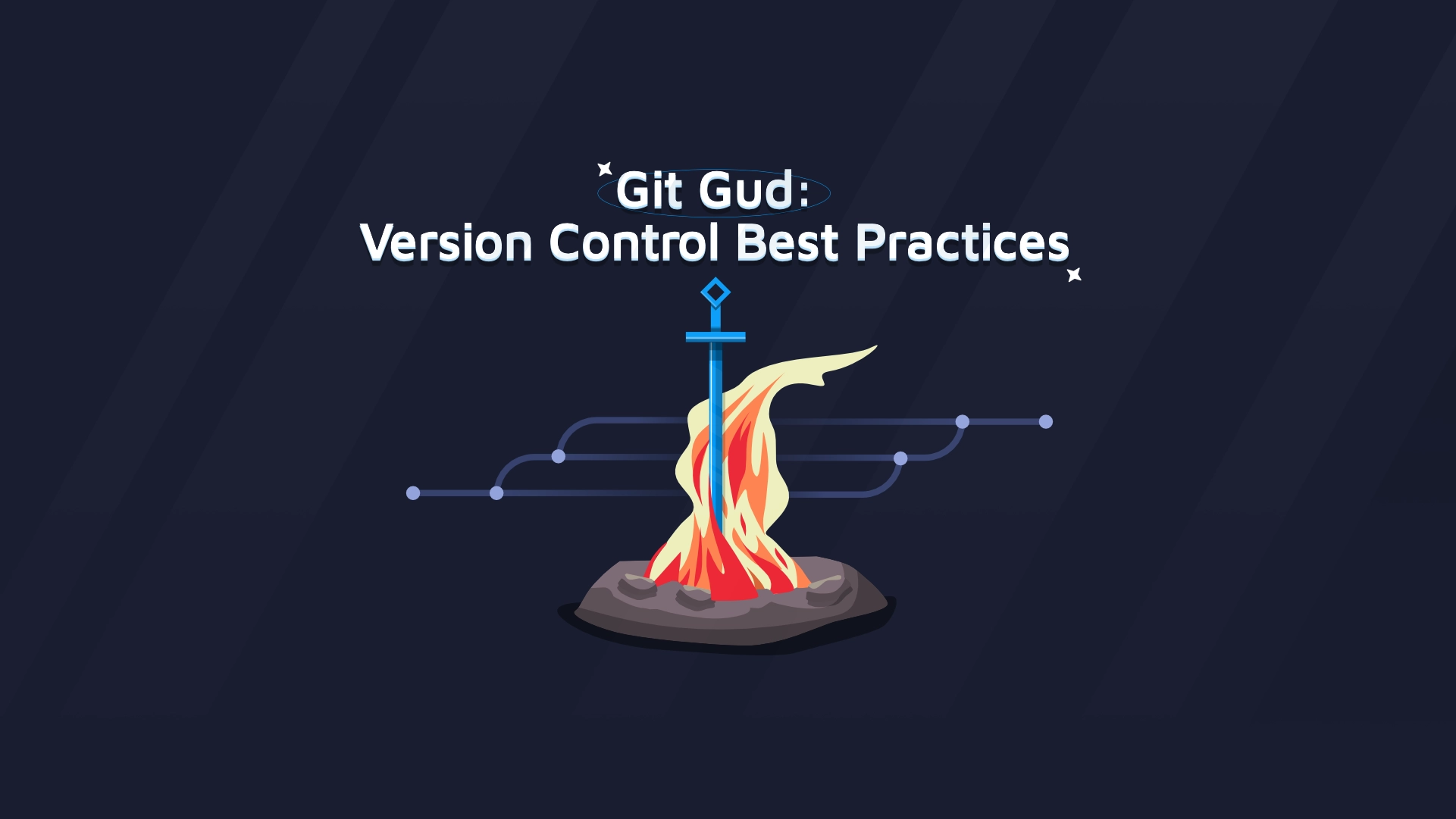
Git Merge Conflict Resolution Tips: Mastering Code Harmony
Are you tired of hitting a wall every time a Git merge conflict pops up? Imagine this: you’re cruising through your project, everything is on track, and suddenly, bam!
A merge conflict appears, bringing your workflow to a screeching halt. It’s frustrating, isn’t it? But what if I told you there’s a way to turn this headache into a breeze? You’ll discover practical tips that make resolving Git merge conflicts as simple as pie.
By the end of it, you’ll not only feel more confident but also empowered to tackle any merge conflict with ease. Ready to transform how you handle these pesky interruptions? Dive in and let’s untangle those conflicts together!

Common Causes Of Merge Conflicts
Different developers may change the same file. This leads to conflicts. Conflicting branches cause merge issues. These branches have different changes. Incorrect merge strategy can cause problems. Choosing the wrong strategy leads to conflicts.
Untracked files may trigger conflicts. These files don’t match with tracked ones. Outdated branches are conflict-prone. These branches lack recent updates. Automatic merges can fail. They sometimes miss important changes.
Large codebases often face conflicts. More code means more chances for error. Complex dependencies add to the problem. They make merging more difficult. Human error is a common cause. Mistakes happen easily in large projects.
Identifying Merge Conflicts
Merge conflicts happen when two changes clash. Error messages will appear. They tell you there is a problem. Files might show conflict markers like <<<<<<< and >>>>>>>. These markers are easy to see. They show where the issue is. Sometimes, code will not look right. It may seem jumbled or messy. Unexpected changes in files can be a sign too. Always watch for these signs.
Git has tools that help find conflicts. Git status shows what files have issues. Git diff helps compare changes. It shows differences between versions. Conflict markers are highlighted for easy spotting. Visual tools like GitKraken or Sourcetree can be useful. They show conflicts in a clear way. These tools make it easier to understand what went wrong.
Strategies For Conflict Resolution
Manual resolution is a simple way to fix conflicts. Open the conflicted file. Look for lines marked with <<<<<<< and >>>>>>>. Choose the right code between these markers. Be careful! Removing the wrong code can break your program. Save the file after making changes. Finally, run tests to ensure all works well.
Git provides tools to help with conflicts. The git status command shows conflicted files. Use git diff to see changes made. This helps in deciding which code to keep. After resolving, use git add to mark the file resolved. Then, run git commit to save changes. It’s important to check everything before committing.
Many use third-party tools for easy conflict resolution. Tools like Meld, Beyond Compare, or KDiff3 are popular. They show changes side by side. This makes it easier to choose the right code. Most tools offer a user-friendly interface. This helps in understanding differences quickly. These tools can save time and reduce mistakes.
Best Practices For Avoiding Conflicts
Pull and push oftento keep your code up-to-date. This helps you see changes from others. It makes merging easier. Doing this reduces the chance of conflicts. Everyone should make it a habit.
Talk with your team about what you are working on. This helps avoid working on the same files. It also helps in understanding changes. Good communicationsaves time and reduces conflicts. Use chat tools or meetings for this.
Follow the same coding rules. This means writing code in the same style. Consistency helpsthe team understand each other’s code. It also reduces conflicts. Set coding rules and make sure everyone follows them.
Handling Complex Conflicts
Large conflicts can be scary. Divide big conflicts into smaller parts. This makes them easier to handle. Look at each part one by one. Fix them slowly. Check your changes often. Make sure no new errors appear. Stay calm and work with focus. This method helps in solving big problems.
Work together with your team to fix conflicts. Communication is very important. Everyone should share their ideas. Use tools that track changes. This helps everyone see what others do. Respect different opinions. Working as a team makes conflict resolution easier.

Reviewing And Testing After Resolution
Resolving Git merge conflicts requires careful reviewing and testing. Ensure code functionality by checking each change thoroughly. Testing ensures no new issues arise post-resolution, maintaining project stability.
Code Review
Code review helps catch mistakes. It ensures code quality. Reviewers check for errors. They verify logic and style. They also look at complexity. Less complex code is better. Reviewers give feedback. Feedback improves code.
Automated Testing
Automated tests run quickly. They find bugs fast. Tests check if code works. They ensure functionality. Automated tests save time. They give consistent results. Tests are reliable. Developers should write good tests. Good tests are essential.
Learning From Past Conflicts
Conflicts in Gitare common. They can teach us important lessons. One way to learn is by analyzing conflict patterns. This helps in understanding what went wrong. It shows which files often cause issues. Recognizing these patterns can prevent future conflicts. Regular checks can make a big difference.
Enhancing workflow processes is vital. It reduces the chance of mistakes. Teams should communicate well. This ensures everyone knows their roles. Clear guidelines can help too. They provide a path to follow. Tools like Gitcan aid in tracking changes. They make it easier to spot errors early.

Frequently Asked Questions
How Do I Resolve Git Merge Conflicts?
Resolving Git merge conflicts involves identifying conflicting files, editing them to integrate changes, and committing the resolved files. Use Git commands like git merge, git status, and git add. Tools like diff and merge editors can assist. Ensure to test changes thoroughly to maintain code integrity.
What Causes Git Merge Conflicts?
Git merge conflicts occur when changes in branches overlap, making automatic merging impossible. Conflicts typically arise from concurrent edits to the same lines in files. They can also be caused by changes to file structures or deletions. Understanding these causes helps in preventing future conflicts.
Can Git Merge Conflicts Be Avoided?
While not entirely avoidable, best practices can minimize conflicts. Regularly pull changes to stay updated. Communicate with team members to coordinate edits. Use feature branches for isolated development. Prioritize small, frequent commits over large, sporadic ones to reduce overlapping changes.
Are There Tools For Resolving Merge Conflicts?
Yes, various tools simplify conflict resolution. Git offers built-in commands like git mergetool. Integrated development environments (IDEs) often include merge editors. External tools like KDiff3, Meld, and Beyond Compare provide visual interfaces to streamline conflict resolution. Choose a tool based on complexity and personal preference.
Conclusion
Resolving Git merge conflicts can seem daunting at first. With practice, it becomes easier. Start by understanding the conflict areas in your code. Use tools like Git diff to identify changes. Keep communication open within your team. This avoids future conflicts.
Practice good coding habits regularly. Save time by merging frequently. Always backup your work before resolving conflicts. This ensures safety. Remember, patience is key. Each conflict teaches something new. Embrace the learning process. Soon, resolving conflicts will feel natural. Stay calm, and keep coding.
Read More:
- Noise‑Cancelling Headphones Comparison: Ultimate Guide
- Time Management Apps Compared: Boost Your Productivity
- Ai Chip Market Growth 2025: Unveiling Future Trends
- Best Cloud Storage Services 2025: Top Picks Revealed
- Essential Tech Gadgets for Digital Nomads: Must-Have Tools
- Vr Hardware Cost Analysis: Unlocking Budget Insights
- Top Productivity Tools for Remote Teams: Boost Efficiency
- Ergonomic Home Office Setup Tips: Boost Comfort & Productivity

